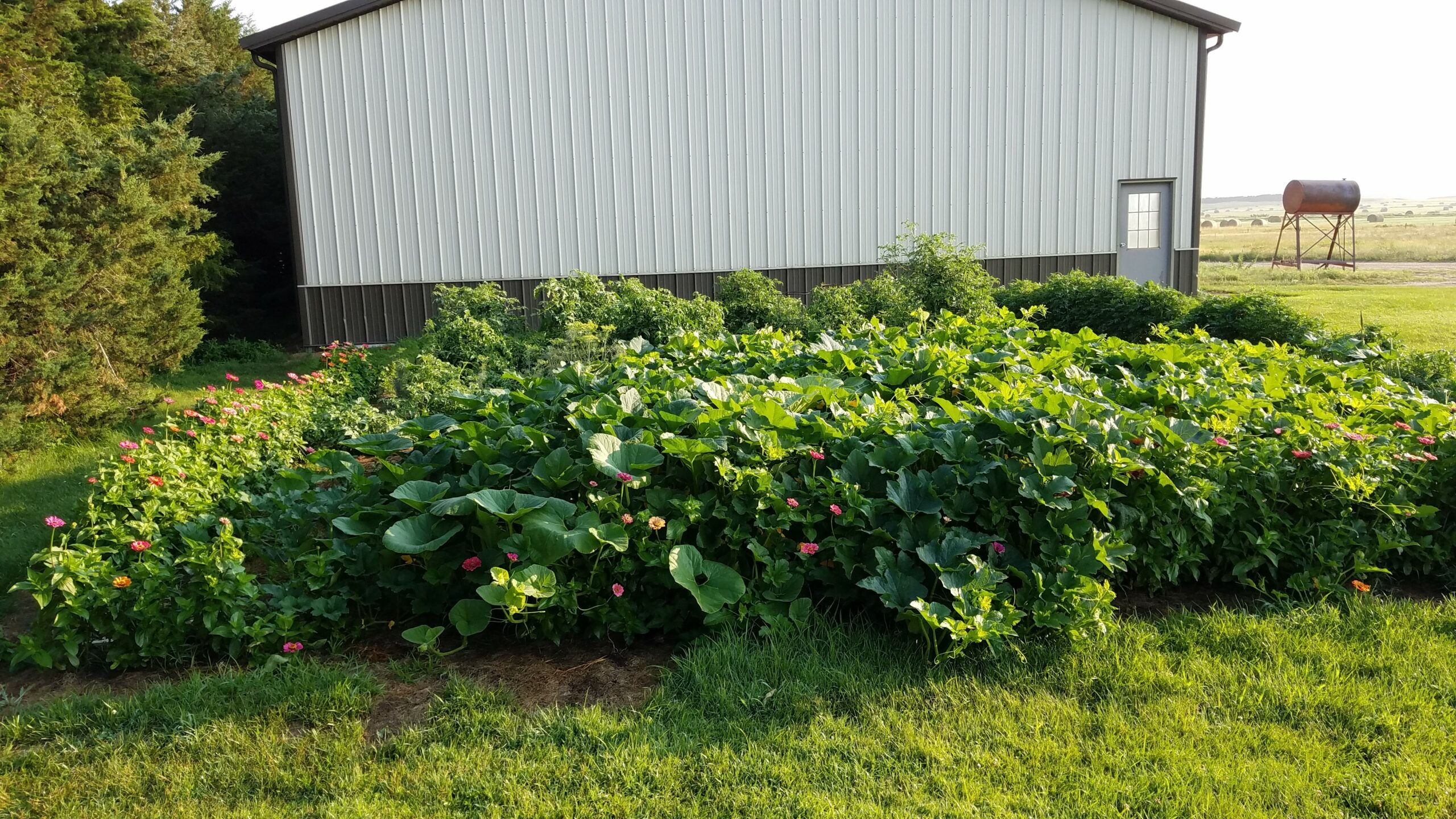As gardening time approaches, here are a few tips for getting the most from your tomato planting experience.
Seed selection is the first decision. Look on the seed packet or the plant container for the variety. It should also tell if it is determinate. That means the plant grows in a more compact area, like a Roma. These would be your best choice if planting in a tub or container garden with limited space. The other option is indeterminate. These are like Heirloom varieties and grow much taller, some even up to 10 feet tall. The indeterminate tomatoes will continue to grow until frost, and definitely need to be staked or placed in a cage.

Timing. Consider the soil temperature by using a soil thermometer. Check your garden soil in the same place, the same time each day for four consecutive days. For tomatoes, the soil should be 70 degrees. This information is also on most seed packets. Be sure it is after the last frost. Here, in the Sandhills of Nebraska, we plant our garden on Memorial Day, and it takes off because the soil is warm by then. I read it’s ideal to plant on a cloudy, calm day—I don’t think we’ve ever had that!
Location, location, location. Avoid planting tomatoes anywhere near black walnut trees, at least 50 feet away and also avoid planting them near potatoes. We always plant a row of marigolds around the garden. They are a good companion plant for tomatoes, as are basil, onions, garlic, chives, and parsley. Plant tomatoes in full sunlight. They like eight hours of sun per day. Plus, make a rough map of your garden each year to remember which varieties you planted where, and to be sure to rotate your tomato plants in your garden space each year to deter blight.
Spacing and depth. You’ll want four to five feet between rows and two to three feet between plants for good air circulation to deter disease and ease in picking. Regarding the depth, tomatoes do great when planted deep. First, snip off the lower leaves on the plant, being sure to keep two or three sets of true leaves above the surface. You’ll be burying it pretty deep if you have a tall starter plant. See the furry stem? Bury the rest of that stem in soil where the lower leaves were snipped. Those will all turn into roots which will help to stabilize the plant and allow for deeper watering. Another option with tall starter plants is to dig a furrow, lay the root end horizontal to the surface, then vertically angle the top of the plant so 4-5″ of the plant is above the soil surface.
Fertilization. You can do soil testing to determine the nutrients lacking in your soil. Be sure plants have nitrogen in the beginning. There are a lot of things people put into the planting hole to give tomatoes a boost, including clean eggshells, banana peels, baking soda, Epsom salts, coffee grounds, or aspirin dissolved in water. If you use a commercial tomato fertilizer, be sure the middle number is high. My fertilizer is 18-18-21, which is nitrogen-phosphorus-potassium.
Watering. Keep your tomatoes consistently and evenly moist. Uneven watering can lead to cracking or blossom-end rot. Water from the base and avoid getting the leaves wet. You can also use a drip system or soaker hose and water deeply so the roots grow deeply. Infrequent deep watering is best. Use mulch to keep moist and avoid splashing on the leaves.

Resources. YouTube has a lot of great gardening–and specifically–tomato videos. A Nebraska favorite is the Back Yard Farmer program which has programs archived by category. See https://byf.unl.edu. Another reputable resource is the Master Gardener program offered through the extension program. Consider becoming a Master Gardener volunteer or consult the list of resources at https://mastergardener.unl.edu.
Enjoy planting, growing and harvesting a bountiful tomato crop. They’re great to eat fresh, use in salads or canning, sell at farmer’s markets, exhibit at your county fair or share with friends and neighbors. Be sure to keep a log of what you try, what works, and things you want to try for next year.


